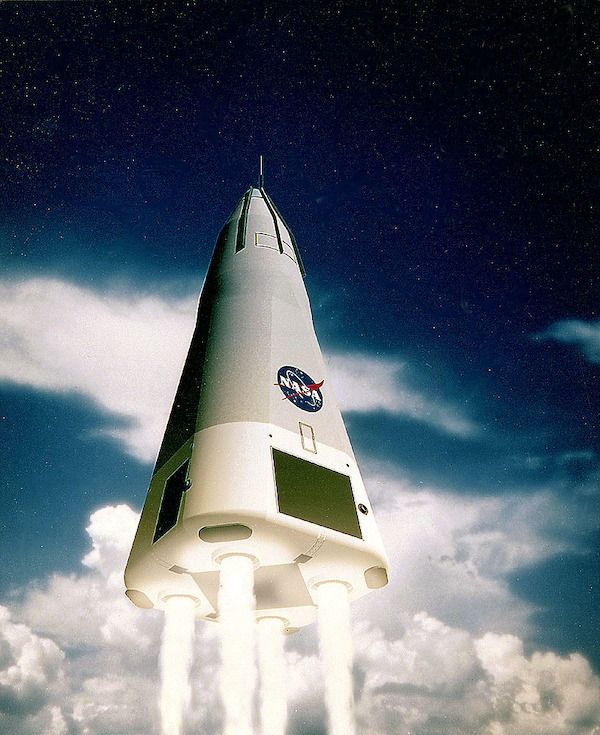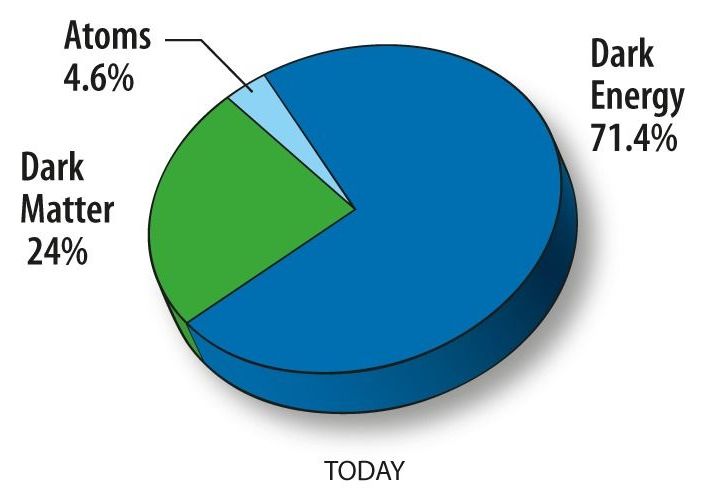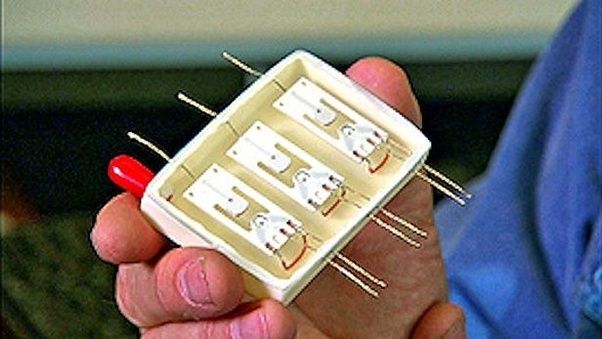We get hands-on with the latest VR headset from Oculus and find out whether six degrees of freedom is enough to justify the price tag.






Particle physicists might seem like a dry bunch, but they have their fun. Why else would there be such a thing as a “strange quark”? When it comes to the fundamental nuclear forces, though, they don’t mess around: the strongest force in nature is known simply as the “strong force,” and it’s the force that literally holds existence together.


We can never see these more distant regions. Still, the observable Universe alone should be big enough for most people. Indeed, for scientists like Casey and Sheth, it remains a constant source of fascination.
We’re not even at the centre of our Solar System or at the centre of our galaxy
“Everything that we’ve learned about the Universe – how big it is, all the amazing objects that are in it – we do that simply by collecting these photons of light that have travelled millions and millions of light years only to come and die on our detectors, our cameras or radio telescopes,” says Sheth.



Andrei Linde, the Harald Trap Friis Professor of Physics at Stanford University, will give the Applied Physics/Physics colloquium on Tues., May 8, 2018 entitled “Reverse Engineering the Universe.” This lecture will be held in the Hewlett Teaching Center, Room 200.
Event Sponsor:
Applied Physics/Physics Colloquium